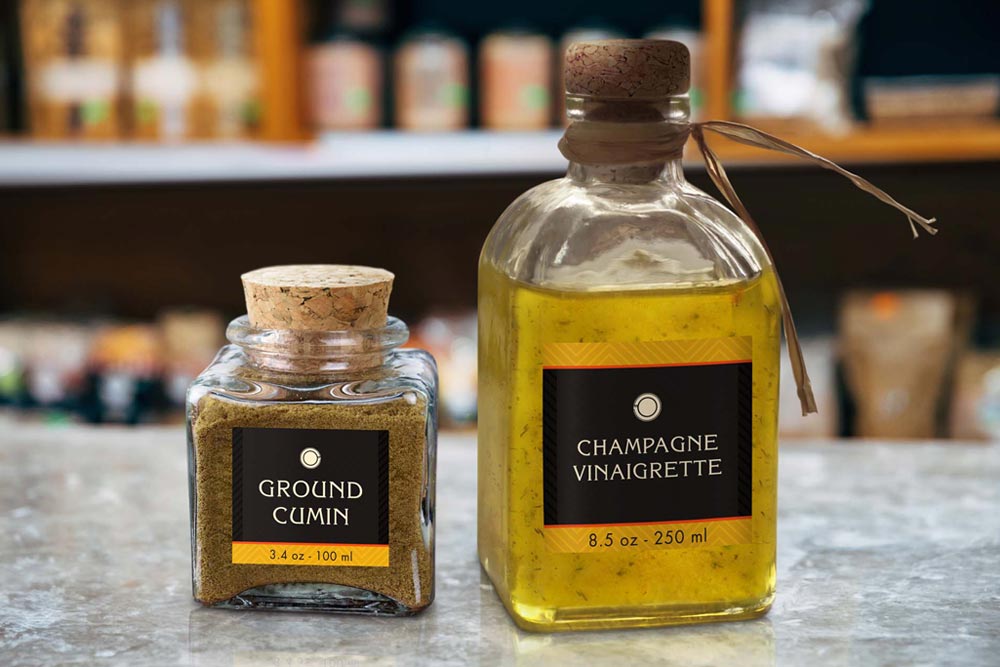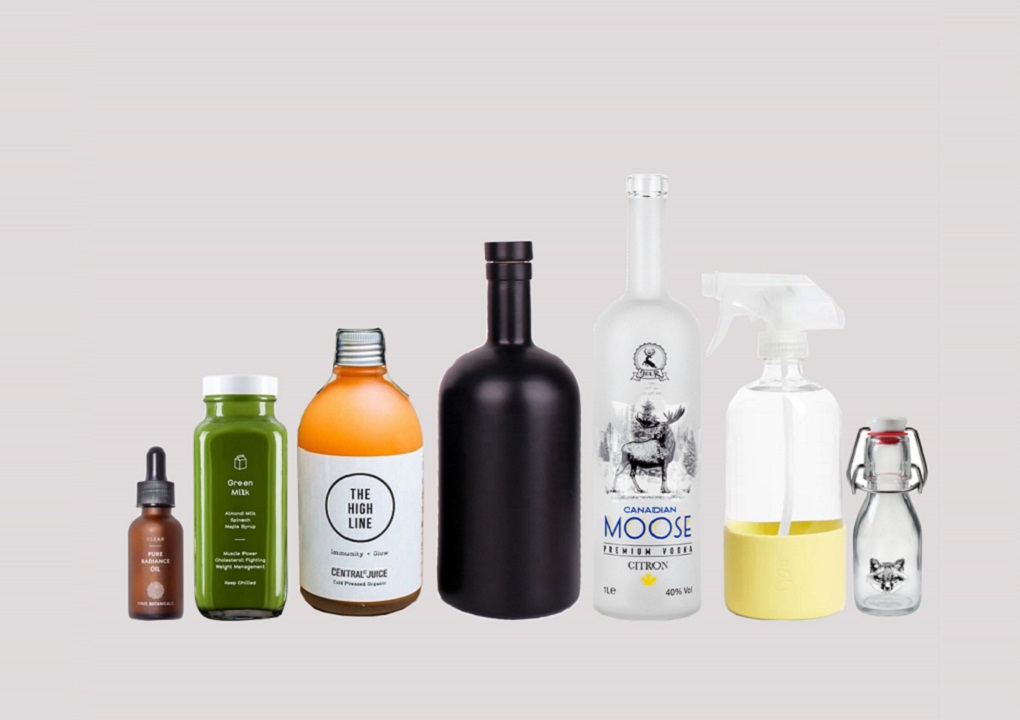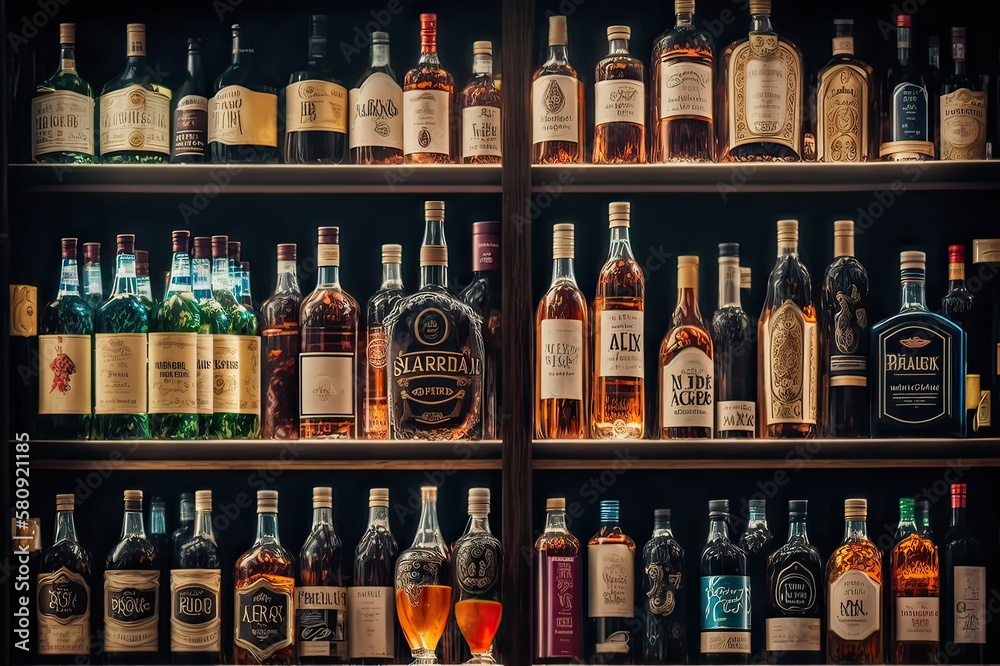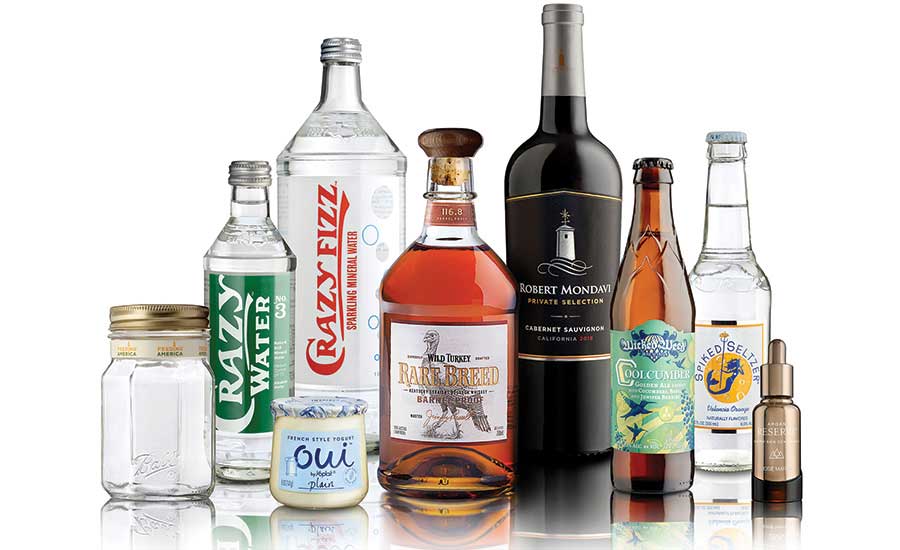Success for Food Brands: A Guide to Glass Packaging
Success for Food Brands: A Guide to Glass Packaging
As countless food brands vie for the consumer’s attention in a competitive marketplace, every small detail needs to be carefully considered in the product development and marketing process. Packaging is one aspect that can’t be overlooked, as making the right choice for a package or container that will deliver your products to consumers can go a long way toward giving a brand an edge over the competition.
In this guide, we will highlight some of the many reasons that glass packaging is an ideal material for food products. There are specific advantages that food products benefit from when packaged in glass, which, when added up, likely makes glass the obvious choice for some or all of your goods.

Preservation is Essential
If there is one thing that simply can’t be compromised when selecting packaging for food products, it is the safety and quality of the food itself. Yes, the packaging needs to look great and support the brand in other ways, but first, it needs to meet relevant food safety standards.
For that, glass is great. The protective barrier created by BPA-free glass packaging will not allow moisture or gases to get in and interact with the food, extending shelf life and reducing waste.
Not only does glass keep the outside environment from infiltrating food products, but it also won’t cause any harm in the way it interacts with the food while it’s in the jar. Glass is commonly used for food-safe containers because it is inert and does not leech anything into the food that could be harmful to customers or take away from the taste and quality of the product.
Sustainable Packaging
With each passing day, more emphasis is placed on sustainable practices and responsible stewardship of natural resources. A brand’s outward-facing choices will send strong signals to customers who might be trying to decide between two similar products and will use eco-friendly behaviors to break the tie.
Fortunately, glass is an excellent choice for eco-conscious packaging. Because it is fully recyclable and can be recycled again and again without any loss in quality, glass is a significant upgrade over plastic. Presenting goods in glass containers will show customers that a brand is serious about protecting the earth we all share.

Finding Shelf Space
Every food brand manager knows the challenge of securing desirable shelf space in retail locations. For some brands, it’s difficult to even get in the store—for others, the goal is to gain access to a spot on the ideal aisle, right at eye level, to be in front of as many potential buyers as possible.
Optimizing packaging is one way to make a product more attractive to a store and make it more likely that the item will receive space on the shelves. This could mean going with glass containers that don’t waste space and are able to pack as much product as possible into a compact footprint. Or it could mean creating a premium aesthetic that retailers are proud to display and believe elevates the feel of their store as a whole. Packaging alone might not be enough to get on the shelves, but every step in the right direction is a meaningful one.
A few other considerations for working to obtain premium shelf space include:
- Building Strong Relationships with Retailers: To strengthen this key relationship, be reliable, flexible, and responsive to the retailer’s needs.
- Demonstrate Product Demand: Use market research, sales data, and consumer feedback to demonstrate the demand for your products.
- Supply Chain Efficiency: Ensure you can meet the retailer’s demands efficiently. Being able to reliably stock shelves, especially during high demand or promotional periods, is crucial.
- Shelf Efficiency: Tall bottles and jars, especially with rectangular or square bases PE protective film, tend to stack very well on shelves to maximize space. Be sure to also consider Shelf-Ready Packaging (SRP) when shipping to stores to minimize stocking time for employees.

